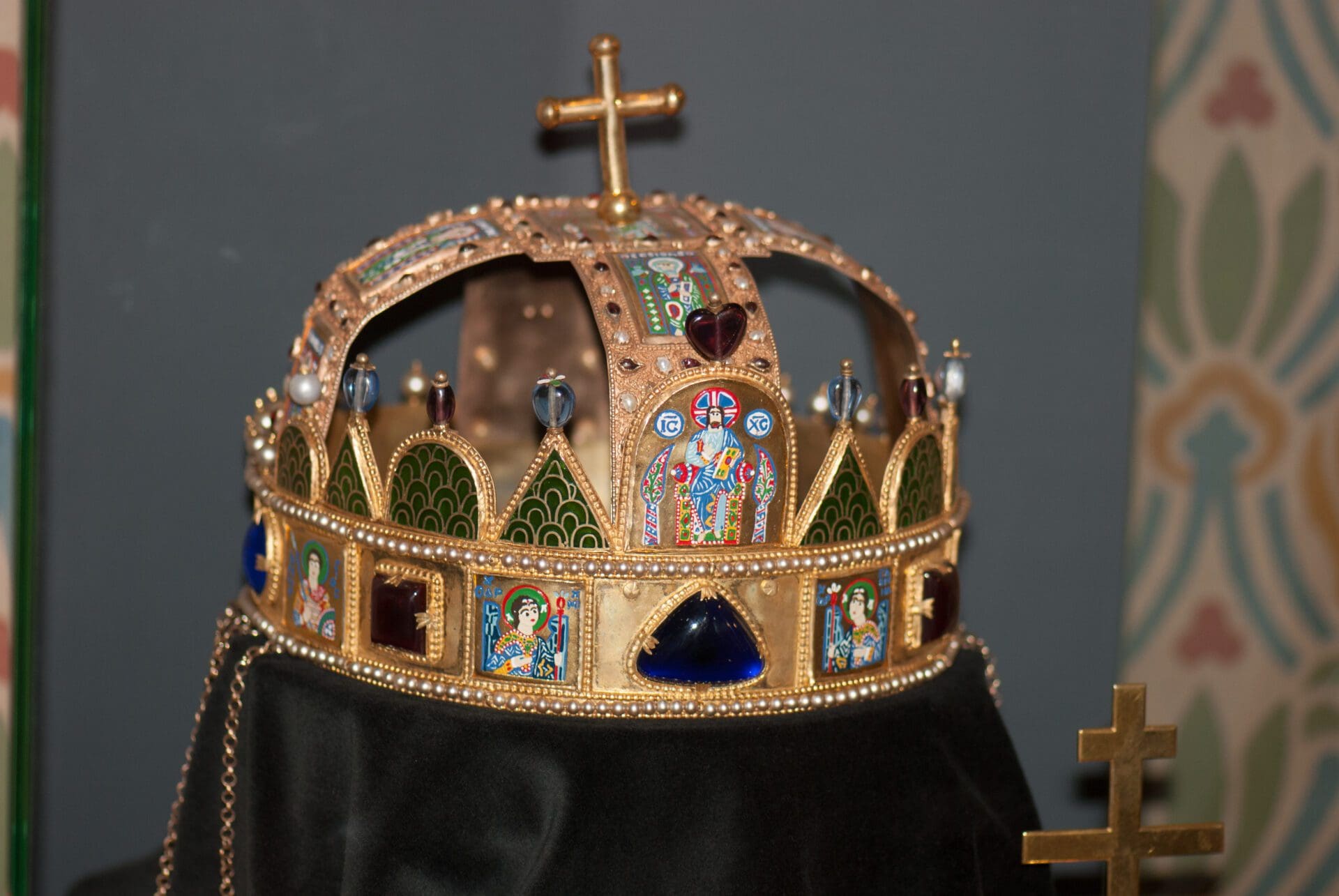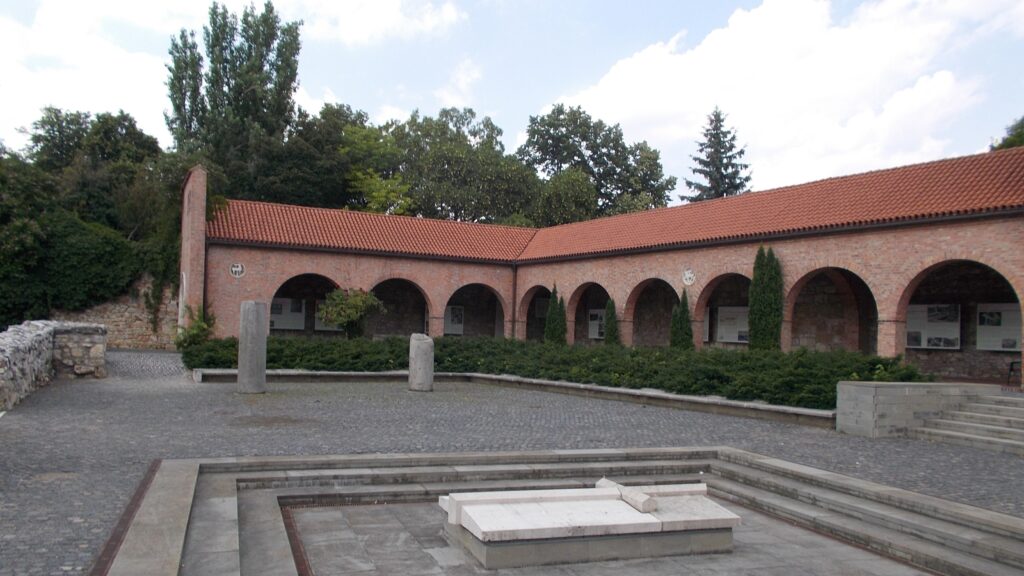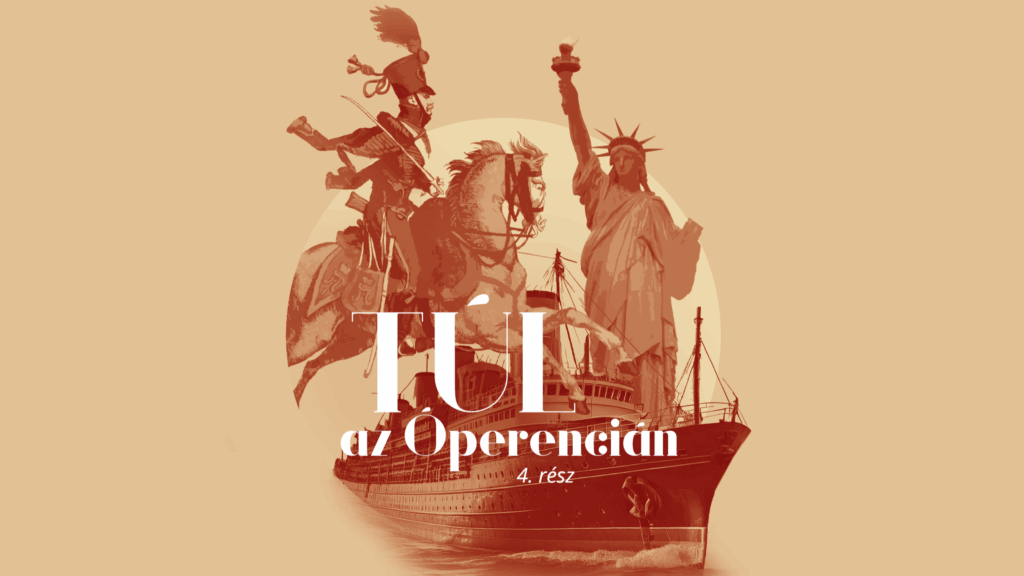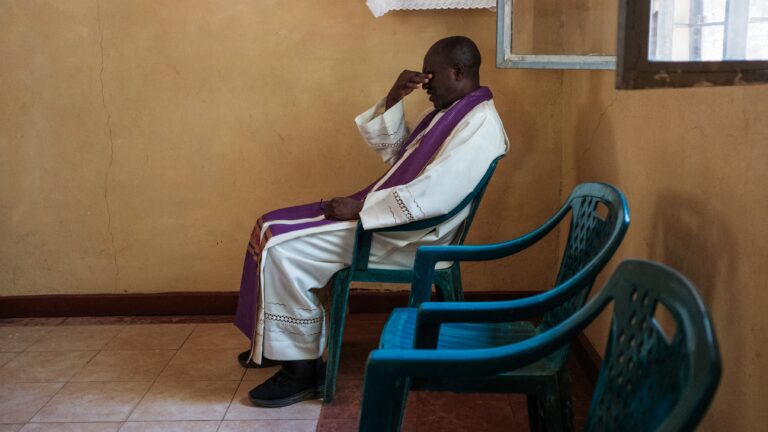The Hungarian Holy Crown is one of Europe’s oldest royal crowns.[1] Considered to be one of the symbols of Hungarian statehood and one of the earliest symbols of the Hungarian people, it has survived many a conflict and frequent struggles for the throne throughout the centuries of Hungarian history. As Hungarian Conservative has elaborated on in earlier articles, it is rather unique that the Holy Crown of Hungary has its own ‘doctrine’, still having relevance in contemporary constitutional law, which gave it a higher role than that of an ordinary crown jewel in the past. According to the doctrine, developed in the Middle Ages and more or less in effect until the end of the Second World War, the foundation of Hungary’s legal system was the crown,
and as a legal person, the Crown corresponded to the Hungarian state.
In light of the above, it is worth mentioning that exactly 175 years ago, the Holy Crown of Hungary did not lie in the usual place of the treasured and noble coronation jewels— in a display case or on a silk cushion—but in a box at the bottom of a dirty swamp, and it had been there for four years at the time. But how did that happen?
Since 1790, the Hungarian crown and the coronation jewels had been guarded by the Crown Guard in the Buda Castle. During the 1848–1849 Revolution and War of Independence, a rumour spread that the jewels had been stolen. The rumour turned out to be untrue, but an even greater threat arose with the accession to the throne of Emperor Francis Joseph in December 1848. Hungarian politicians, sceptical of the Catholic church, were afraid that pro-Habsburg clerics might steal the crown and put it on the head of the new Habsburg ruler.
On 30 December 1848, upon the news of further defeats of the Hungarian army against the Austrians, Lajos Kossuth, head of the Hungarian Land Defence Committee, ordered for the jewels to be transported to Debrecen. According to some, the journey was plagued by an accident: the carriage overturned and the crown fell into deep snow, but fortunately was not damaged.
The coronation jewels were stored in Debrecen until the beginning of June 1849, when they were returned to Pest. At the beginning of July, when Pest was evacuated again, Prime Minister Bertalan Szemere kept the jewels in his quarters for a while, then on 29 July, travelling to Minister of Defence Artúr Görgey's camp, he took the crates to Nagyvárad (today: Oradea, Romania). Legend has it that Szemere even opened the chest and, out of curiosity, tried on the crown.
Some were of the opinion that the crown should be destroyed, but Szemere was dismayed at the idea and held it on him as long as he could. He and his men later arrived at Orsova (today Orșova in Romania), on the banks of the Danube, and
in the middle of August it was decided that the Holy Crown should be buried there.
After finishing their work, Szemere and his companions built a fire on the spot, and then, with the help of a nearby bridge and a tree, marked the treasure's location with secret inscriptions and left the country for good, historian Tamás M. Tarján wrote. Naturally, the Habsburgs tried hard to find the crown, but in vain.
It is unclear whether Kossuth approved of Szemere's action, but it seems that he had been aware of the events during his stay in the United States. There are a number of stories on how the chest was recovered, but the fact remains that on 8 September 1853, a traveller found the chest, which was opened by scholars, who identified the contents as the missing crown and regalia. Szemere and his associates were certainly guilty of involuntarily damaging the prized jewels: in the course of the four years that it had spent in the ground, the chest became soaked, the coronation sword was completely rusted and the famous mantle of King St Stephen had to some extent faded. Fortunately, the Holy Crown itself suffered only minor damage.
In September 1853, the jewels were taken to Pest and then—on the orders of Habsburg Police Minister Kempen—transported to Vienna. Although Hungary regained the symbols of its statehood that same year, an independent Crown Guard was not organised until 1861, and it was only after the Austro-Hungarian Compromise of 1867 that the Hungarian crown came under Hungarian custody. Thus, the Holy Crown, one of the most important symbols of Hungarian statehood, and also a prominent jewel in legal and religious terms, could finally return to its rightful place—although the jewels still bear the traces of the four-year ‘detour’.
[1] This article is based on the following articles: https://rubicon.hu/kalendarium/1849-augusztus-23-fold-ala-kerul-a-szent-korona and https://mult-kor.hu/cikk.php?id=6703&print=1.
Read more:








